Full Members

Parisa Ariya
Department of Chemistry
The Parisa lab investigates how RNA and DNA bioaerosols affect ice microphysics, and use four-dimensional physicochemical tracking of air or water-borne virus.
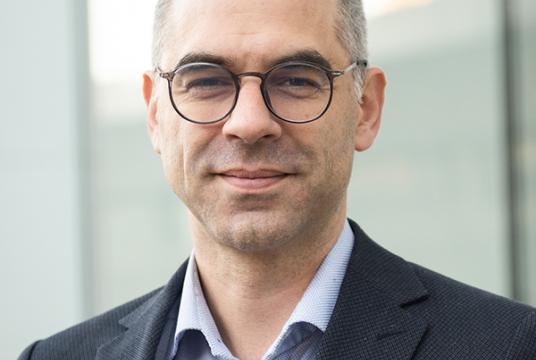
Mathieu Blanchette
School of Computer Science
The Blanchette lab develops cutting-edge bioinformatics and machine learning approaches to study RNA structure and regulation.

Guojun Chen
Department of Biomedical Engineering
The Chen lab focuses on developing intelligent delivery systems for various types of drugs, including RNAs, with an ultimate goal to achieve precision medicine.

Masad J Damha
Department of Chemistry
The Damha lab conducts research at the interface of organic synthesis and chemical biology, studying the effects of chemical modification on the biological activity and structure of DNA and RNA.

Josée Dostie
Department of Biochemistry
The Dostie lab is working towards defining how long non-coding RNAs control gene expression and chromatin in the nucleus and cytoplasm of mammalian cells.
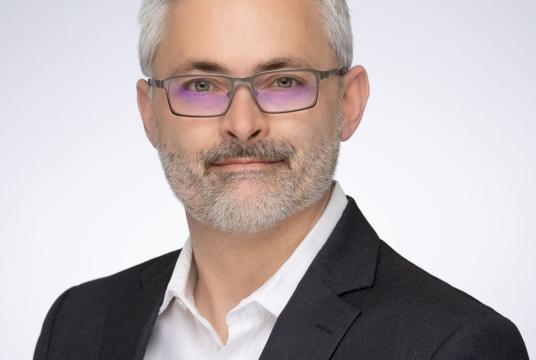
Thomas Duchaine
Department of Biochemistry
The Duchaine lab's research program revolves around the the RNA- interference (RNAi) pathways, such as microRNA-mediated silencing, and their implications in cancer and development.
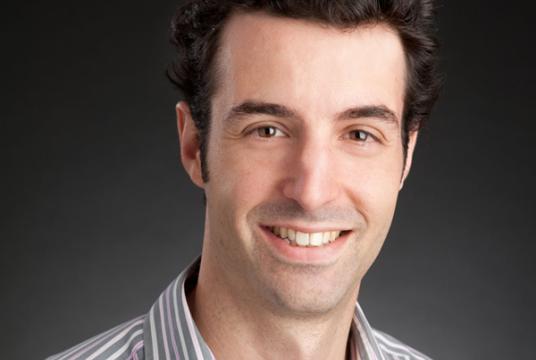
Marc Fabian
Department of Oncology
The Fabian lab investigate how microRNAs, RNA binding proteins and ribonucleoprotein complexes translationally repress and/or destabilize target mRNAs in mammalian cells.

William Foulkes
Department of Human Genetics
The Foulkes lab's interests lie in how defects in microRNA biogenesis affect human health. His studies of the DICER1 endoribonuclease have elucidated the clinicopathological basis of DICER1 syndrome.

Anne Gatignol
Department of Medicine
The Gatignol lab studies the interactions between HIV and the components of the RNA interference machinery. They also develop RNA-based technologies to target HIV and its cellular cofactors and inhibit viral replication.

Kalle Gehring
Department of Biochemistry
The Kalle Gehring lab investigates the structural biology of RNA, RNA-protein interactions and the translation initiation apparatus.

Philippe Gros
Department of Biochemistry
The Gros lab uses genomics and transcriptomics to study the impact of mutations on leukocytes numbers and function in the context of susceptibility to infectious and inflammatory diseases in humans and mice.

Corinne Hoesli
Department of Chemical Engineering
The Hoesli lab biomanufactures cell therapy products via process optimization, bioreactor design and novel encapsulation systems.

Sidong Huang
Department of Biochemistry
The Huang lab identifies cancer therapeutic strategies using RNA-guided functional screening technologies based on RNAi and CRISPR.

Amine Kamen
Department of Bioengineering
The Kamen lab examines how the viral vaccine production process can be accelerated by understanding how cells and viruses interact, as well as the cellular metabolic state needed for maximum productivity.

Larry Lands
Department of Pediatrics
The Larry Lands translational research lab advances innovation in inhaled RNA therapeutics for lung diseases.

David Langlais
Department of Human Genetics
The Langlais lab investigates the epigenetic regulatory mechanisms of RNA expression in the context of normal and pathological inflammation.

Chen Liang
Department of Medicine
The Liang lab investigates the replication and pathogenesis of RNA viruses including HIV-1 and SARS-CoV-2, as well as host innate immune responses and antiviral drug discovery.

Rongtuan Lin
Department of Microbiology and Immunology
The Lin lab investigates the positive and negative regulation of antiviral response and develops novel strategies to control virus infection.
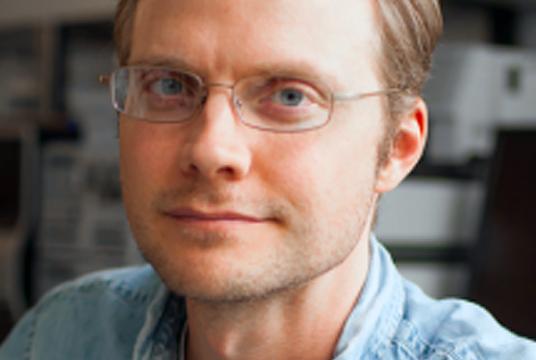
Nathan Luedtke
Department of Chemistry
The Luedtke lab uses chemical synthesis and biological evaluation of modified nucleosides and nucleotides, to develop new tools for probing DNA chemistry and biology and generate new leads for anti-viral and anti-cancer agents.

Maureen McKeague
Departments of Chemistry & Pharmacology
The McKeague lab studies and targets the chemistry of genomes for the development of RNA cancer therapeutics and biosensing applications.
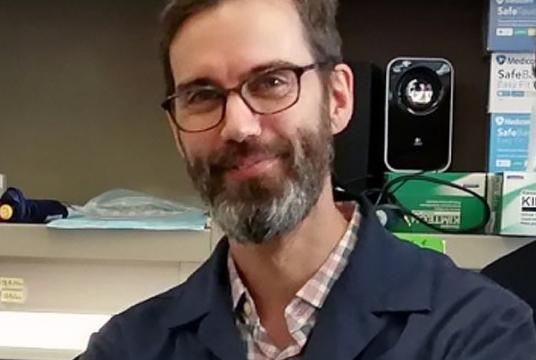
Anthony Mittermaier
Department of Chemistry
The Mittermaier lab develops new biophysical tools in order to better understand how biological macromolecules function at the atomic level.

Nicolas Moitessier
Department of Chemistry
The Moitessier lab's approach is to integrate advanced organic synthesis, computational chemistry, and biological testing to significantly improve the molecular discovery rate.
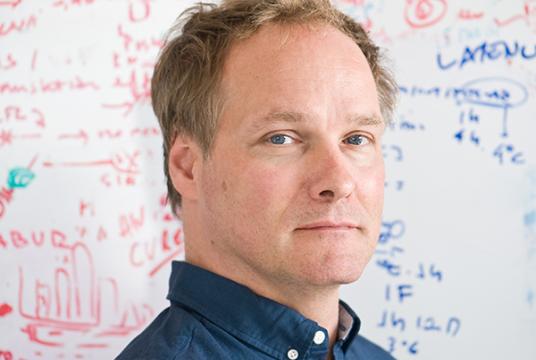
Andrew Mouland
Department of Medicine
Division of Experimental Medicine
The Mouland lab focuses on the molecular and cellular biology of pandemic and emerging RNA viruses, and studies RNA-protein condensates and key virus-host interactions.
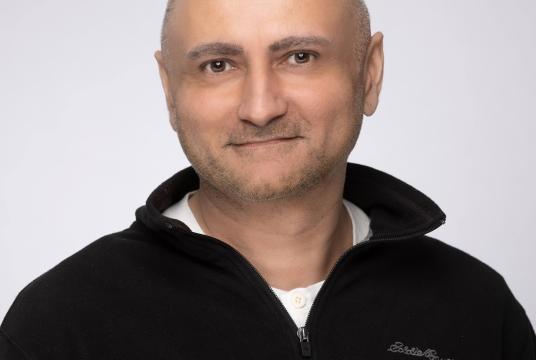
Bhushan Nagar
Department of Biochemistry
The Nagar lab uses structural biology approaches to uncover the basis for the RNA-protein interactions underlying human anti-viral defences.

Hamed Najafabadi
Department of Human Genetics
The Najafabadi lab combines machine learning and statistical inference with genomics datasets to characterize the regulatory networks linking transcription factors, RNA-binding proteins, and non-coding RNAs with cell identity and human diseases.

Joaquin Ortega
Department of Anatomy and Cell Biology
The Ortega lab uses cryo-electron microscopy and biophysical methods to study the ribosome assembly process in bacteria, which can lead to development of new antibiotics.

Jerry Pelletier
Department of Biochemistry
The Pelletier lab has identified and is characterizing, through chemical biology and genetic approaches, small molecule inhibitors of translation that function as molecular staples – locking RNA binding proteins to RNA to inhibit gene expression.

Stephane Richard
Department of Oncology
Department of Medicine
The Richard lab focuses on how small molecule inhibitors of arginine methylation influences RNA processes, such as mRNA splicing, dsRNA generation for innate immune stimulation, mRNA processing, degradation and translation.

Selena Sagan
Department of Microbiology and Immunology
The Sagan lab aims to improve our understanding of how positive-sense RNA viruses usurp the host cell, replicate their genomes, and cause disease. They hope to gain insight into RNA regulation and identify novel avenues for antiviral intervention.

Reza Salavati
Institute of Parasitology
The Salavati lab uses a multidisciplinary approach to annotate and target the essential common pathways in parasitic pathogens, including RNA editing.

Hanadi Sleiman
Department of Chemistry
The Sleiman lab aims to take DNA out of its biological context, and to use this molecule to build two- and three-dimensional structures.

Nahum Sonenberg
Department of Biochemistry
The Sonenberg lab's research focuses on the molecular basis of the control of protein synthesis in eukaryotic cells and its importance in cancer and neurological diseases.

Maria Vera Ugalde
Department of Biochemistry
The Vera lab investigates the molecular mechanisms that enable cells to survive environmental and age-related stresses using cutting-edge single molecule fluorescence microscopy techniques.

Silvia Vidal
Department of Human Genetics
The Vidal lab studies host-pathogen interactions using mouse models of infection and functional genomic approaches, with a main focus on RNA viruses with pandemic potential.
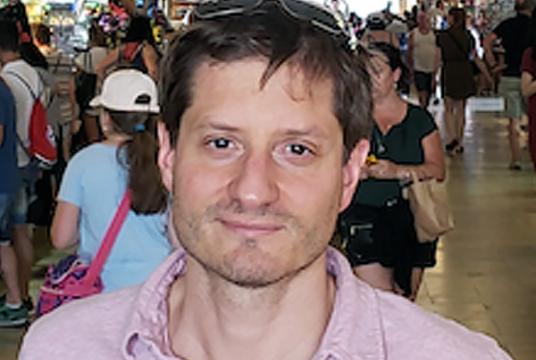
Jérôme Waldispühl
School of Computer Science
The Waldispühl lab conducts research in computational molecular biology with a particular interest on RNA structural bioinformatics and cheminformatics.

Stephanie C Weber
Departments of Biology and Physics
The Weber lab studies how phase-separated condensates regulate transcriptional activity, and how nascent RNA, in turn, impacts condensate size and stability.
Associate Members

Imed Gallouzi
Professor of Bioscience, BESE
Associate Director
Chief Operation Officer (COO)
KAUST Smart-Health Initiative (KSHI)
King Abdullah University of Sciences and Technology (KAUST)
Professor Emeritus, Biochemistry Department, Goodman Cancer Institute, McGill University
The Gallouzi lab focuses on RNA Binding Protein mediated regulation of mRNA metabolism in health and disease.

Eric Lecuyer
Full Professor, Montreal Clinical Research Institute (IRCM)
Full Professor, Department of Biochemistry and Molecular Medicine, University of Montreal
Adjunct Professor, Department of Medicine, Division of Experimental Medicine, McGill University
The Lecuyer lab studies how RNA molecules and regulatory machineries are deployed in subcellular space, how this impacts various cellular functions, and how defects in localized RNA regulation contribute to disease etiology.
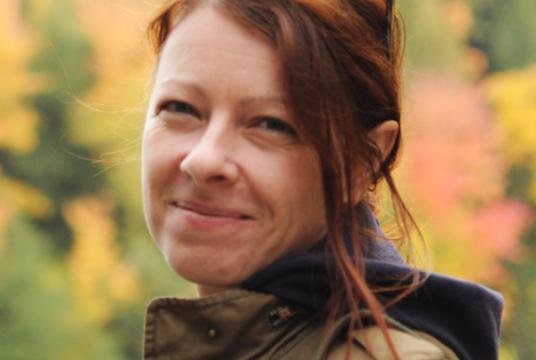
Marlene Oeffinger
Associate Research Professor, Montreal Clinical Research Institute (IRCM)
Professor, Biochemistry & Molecular Medicine department, University of Montreal
Adjunct Professor, Department of Medicine, Division of Experimental Medicine, McGill University
The Oeffinger lab studies the architecture, functional niches, and nucleocytoplasmic transport of RNA Ribonucleoprotein assemblies to better understand the regulation of these pathways and how defects in RNP regulation are linked to DNA damage and repair, and the etiology of neurodegenerative diseases such as ALS.
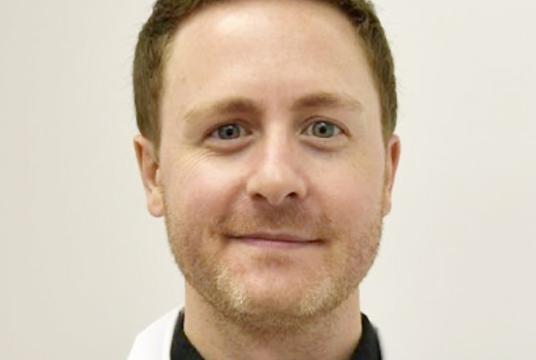
Martin Sauvageau
Assistant Research Professor, Montreal Clinical Research Institute (IRCM)
Assistant Professor, Biochemistry & Molecular Medicine department, University of Montreal
Adjunct Professor, Biochemistry department, McGill University
The Sauvageau lab aim to better understand the impact that long noncoding RNAs have on development and diseases and use RNA-based mechanisms to design novel diagnostics and therapies.
